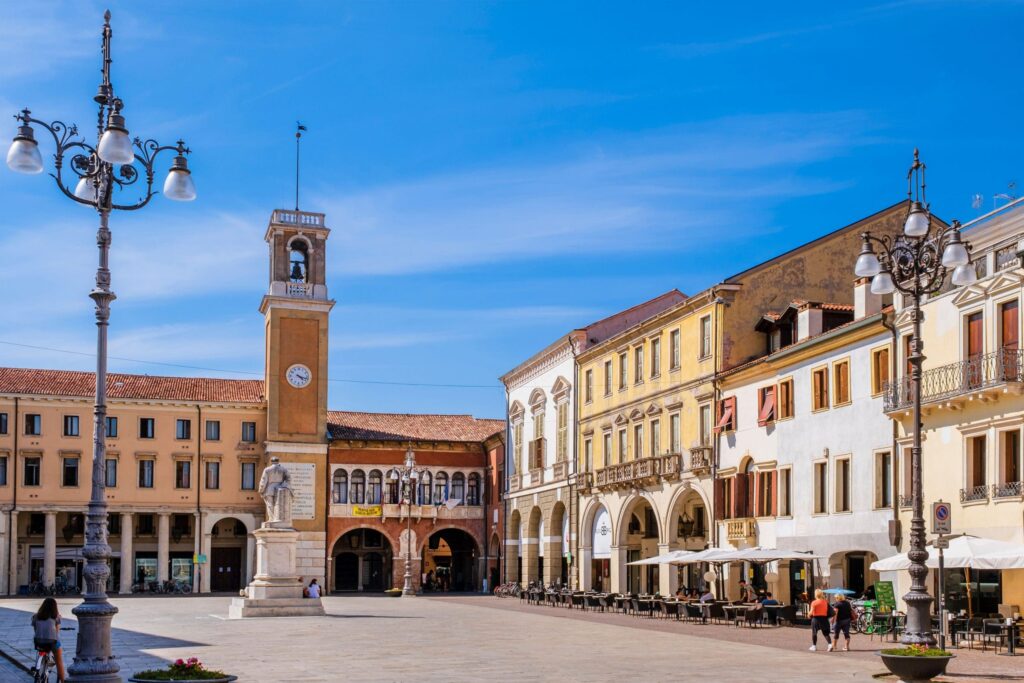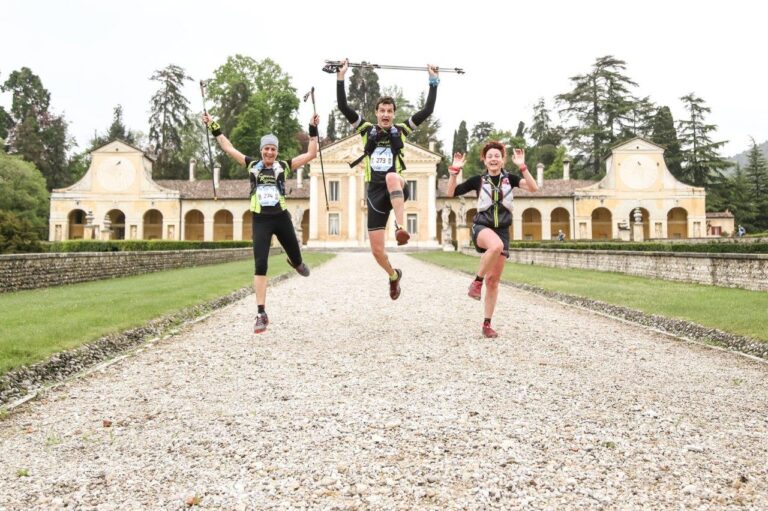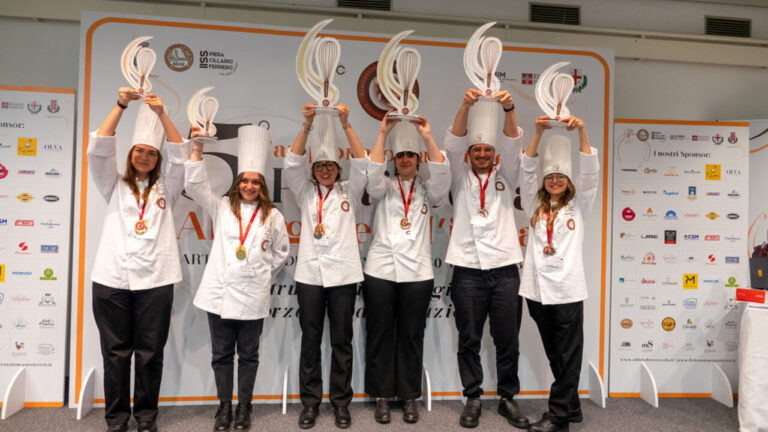Rovigo is less conspicuous than other towns in the Veneto region, but for many it represents an artistic, cultural and environmental discovery.
The architectural testimonies along the city streets tell of a city that began as an Episcopal fiefdom and was enriched in monuments and palaces during the medieval period. Outstanding among them are the Torre Donà, the emblem of the city, and the Torre Mozza, remnants of the ancient medieval fortification.

Signalling, instead, the presence of the Serenissima Republic, in the city centre we find the stately Palazzo Roncale, while Palazzo Roverella marks the peak of the affirmation of Ferrara-Emilian architecture in Rovigo. The latter building, now restored, is the new home of the Accademia dei Concordi picture gallery, one of the most important in the Veneto region and the venue for prestigious contemporary exhibitions.
Of particular interest is the Sanctuary of the Beata Vergine del Soccorso, known as the Rotonda due to its octagonal plan, flanked by Longhena’s bell tower.
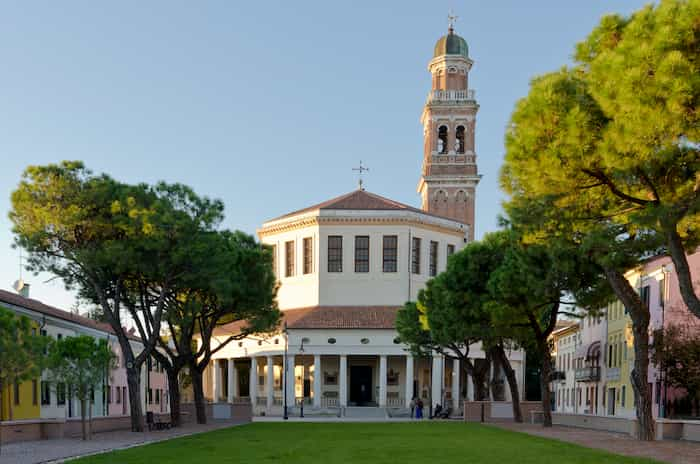
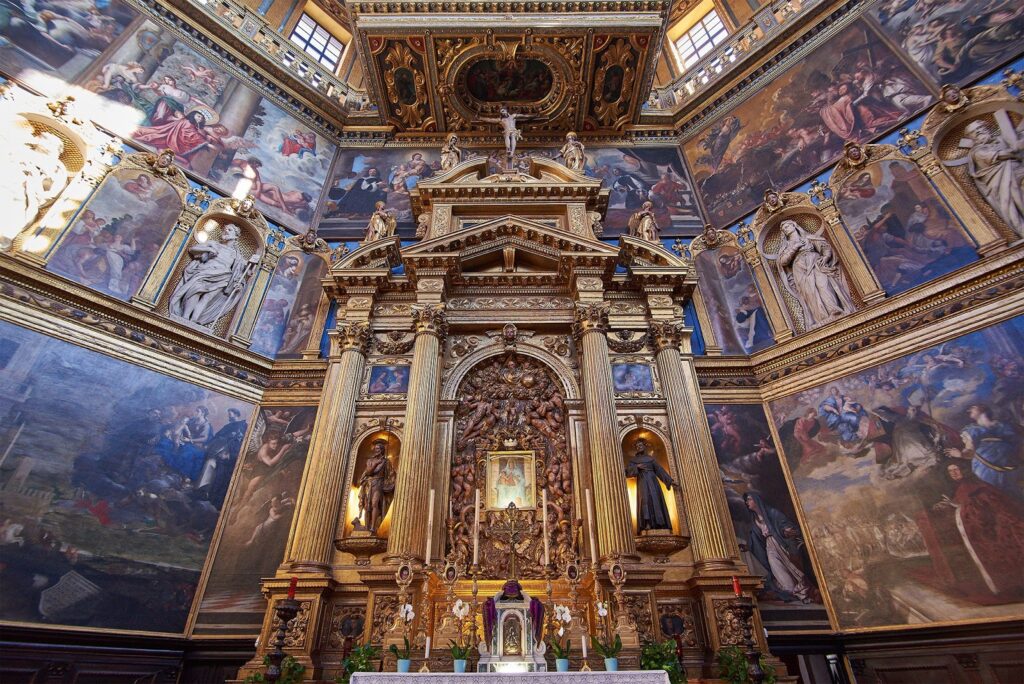
Not far away stands the Duomo, the first church to be built in Rovigo, which was enlarged and rebuilt several times until the current 18th-century building; its interior houses an important heterogeneous collection of works of art.
Those in search of a quiet corner can visit the Olivetan Monastery of San Bartolomeo, an oasis of peace for a contemplative break.
To get to know Rovigo and its traditions, a visit to the Museo dei Grandi Fiumi (Museum of the Great Rivers) is a must. It is dedicated to the history of rural civilisation suspended between land and water, but always linked to the rhythms of the Po River and the nearby sea.
Source: www.veneto.eu

